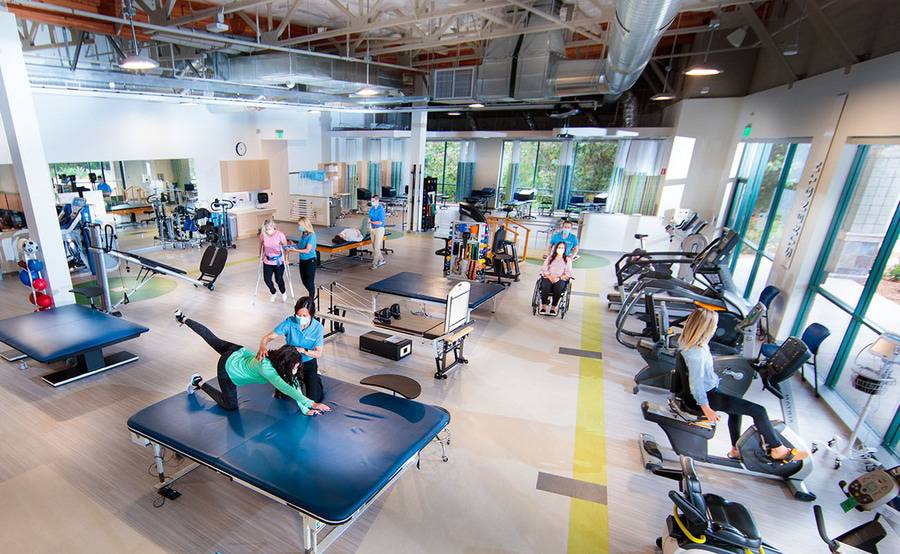Enhancing Performance and Reducing Harm Risk through Thorough Evaluation of Balance and Stability through Practical Movement Assessment.
Enhancing Performance and Reducing Harm Risk through Thorough Evaluation of Balance and Stability through Practical Movement Assessment.
Blog Article
Balance and steadiness are crucial elements of bodily fitness and overall well-being. They play a vital part in everyday activities, sports performance, and harm avoidance. When an individual has strong equilibrium and stability, they are not as likely to trip or incur injuries during bodily activities. One effective way to assess these qualities is through Practical Motion Assessment (FMS). FMS is a method used to analyze movement patterns and identify discrepancies or weaknesses that could result to injuries.
Practical Motion Screening includes a series of particular tests that examine how effectively a person moves. The tests concentrate on basic movements such as squat, lunge, and bending. By watching these movements, coaches and healthcare experts can identify areas where an individual may have difficulty. For instance, if someone has difficulty keeping balance while executing a squatting, it may suggest a need for targeted workouts to improve power and coordination. This assessment not only identifies weaknesses but also helps to monitor progress over time.
In addition to this to recognizing areas for improvement, FMS plays a vital part in avoiding harm. Many damages occur as a consequence of poor movement patterns, which can be identified through practical assessments. By addressing these issues early on, individuals can reduce their risk of injury during athletic or other physical exercises. For instance, a jogger who shows an discrepancy in their gait may be more prone to leg harm. By correcting these discrepancies through targeted training programs, the likelihood of injury can be significantly decreased.
Additionally, improving capability is another benefit of conducting a comprehensive evaluation of balance and stability. Athletes and active persons often aim to enhance their performance in specific activities or exercises. A comprehensive understanding of their movement patterns allows trainers to create personalized training programs that focus on specific weaknesses. By improving equilibrium and steadiness, athletes can enhance their overall performance, whether it’s running more quickly, leaping higher, or executing precise actions in their activity.
In conclusion, the importance of evaluating equilibrium and steadiness through Functional Movement Screening cannot be overstated. This thorough evaluation serves as a foundation for improving bodily wellness, preventing injuries, and improving sporting capability. this article By recognizing areas of weakness and implementing specific exercise strategies, people can attain better outcomes in their bodily activities. Emphasizing balance and steadiness not only results article to better capability but also contributes to a healthier, increasingly active lifestyle.